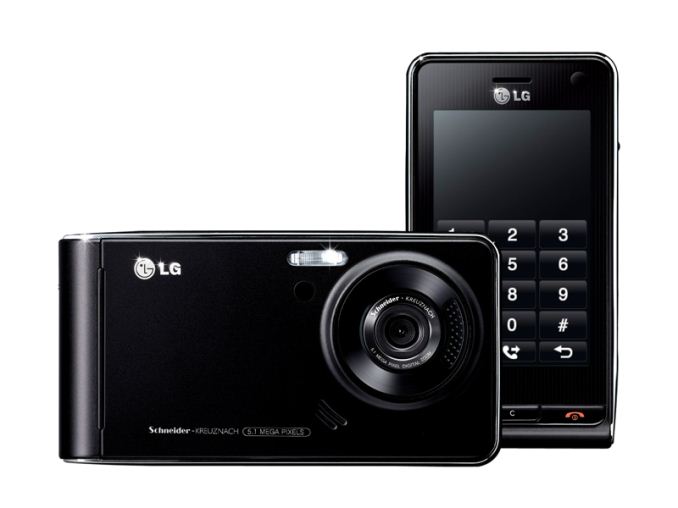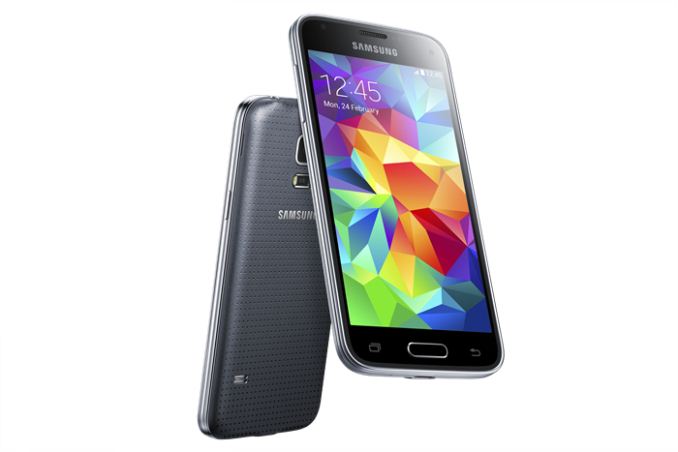ARM’s Mali Midgard Architecture Explored
by Ryan Smith on July 3, 2014 11:00 AM ESTA Brief History of Mali
ARM as a CPU designer of course needs no introduction. The vast majority of the world’s smartphones and tablets are powered either by an ARM designed CPU or a CPU based on ARM’s instruction sets. In the world of SoC CPUs, ARM is without a doubt the 800lb gorilla.
However in the world of SoC GPUs, while ARM is a major competitor they are just one of several. In fact from a technology perspective they’re among the newest, having roots that go back over a decade but still not as far as the rest of the major competitors. This is something of a point of pride for ARM’s GPU team, and as we’ll see, results in a GPU design that’s not quite like anything else we’ve seen so far.
Like all good GPU stories, the earliest history of ARM’s GPU division goes back to the late 1990s, where what would become ARM’s GPU division was first created. Originally a research project by Norwegian University of Science and Technology, the core Mali group was spun off to form Falanx Microsystems in 2001. At first Falanx was attempting to break into the PC video card market, a risky venture in the post-3dfx era that saw several other PC GPU manufacturers get shaken out – S3, Rendition, Revolution, and Imagination among them – and ultimately a venture that crashed and burnt as Falanx was unable to raise funding.
During a period of development of which they call their “scrappy phase,” due to their limited resources Falanx pivoted from designing PC GPUs to designing SoC-class GPUs and licensing those designs to SoC integrators, a much easier field to get in to. From this change in direction came the first Mali GPUs, and ultimately Falanx’s first customers. Among these were Zoran, who used the Mali-55 for their Approach 5C SoC, which in turn ended up in a couple of notable products including LG’s Viewty. But with that said, Falanx never saw great success on their own, never landing the “big fish” that they were hoping for.

LG's Viewty, One of Mali's First Wins
Ultimately as the SoC industry began to heat up from growing cell phone sales, ARM purchased Falanx in 2006. This gave ARM a capable (if previously underutilized) GPU division to create GPUs to go along with their growing CPU business. And from a business perspective the two companies were a solid match for each other as Falanx was already in the business of licensing GPUs, so for Falanx this was largely a continuation of status quo. Though for what was becoming ARM’s GPU division this was just as much of net win as it was for ARM, since it gave the Mali team access to ARM’s engineering resources and validation, capabilities that were harder to come by as a struggling 3rd party GPU designer.
Now as a part of ARM, the Mali team released their first OpenGL ES 2.0 design in 2007, the Mali-200. Mali-200 and its immediate successors Mali-300, Mali-400, and Mali-450, were based on the team’s Utgard architecture. Utgard was a non-unified GPU (discrete pixel and vertex shaders) designed for SoC-class graphics, and over the years received various upgrades to improve performance and scalability, especially on Mali-400 where Mali products first introduced the ability to use multiple cores.
Even to this day Utgard is arguably the Mali team’s most successful GPU architecture, based in large part on the architecture’s no-frills ES 2.0 design and resulting low die space requirements. Along with driving high-end SoCs of the era, including those that have powered devices such as the Samsung Galaxy S II, Utgard remains a popular mid-range GPU to this day, with Mali-450 securing a spot just this week in Samsung’s forthcoming Galaxy S5 Mini.

Mali-450 Lives On In Samsung's Galaxy S5 Mini
Now with a team of nearly 500 people and having shipped 400 million Mali GPUs in 2013 (or as close to “shipping” as an IP licenser can get), the Mali team’s latest architecture and the subject of today’s article is Midgard. Midgard ships as the basis of ARM’s Mali-T600 and Mali-T700 family GPUs, and while it was initially introduced as a high-end architecture, it will be making a transition to cover both the high-end and mid-range through the recent introduction of more space/power/cost optimized designs. After initially replacing Utgard at the high-end last year, this year will see Utgard finally replaced in the mid-range market.










66 Comments
View All Comments
tuxRoller - Monday, July 7, 2014 - link
Yup, that is indeed what I said earlier.I don't think anand is interested in investigating that avenue, however. For one, he might fear that such published info would blacklist him from future qualcomm info dumps (pretty far fetched, imho, but AT likes the corporate relationships its been able to cultivate). For another, AT doesn't seem to be terribly interested in oss.
prabindh - Monday, July 7, 2014 - link
Do the GFLOPS give a measure of how much performance an OpenCL kernel can provide in ARM Mali architecture ? Simple fp16/32 kernels doing a MAD and writing to global memory do not seem to match the GFLOPS calculated here. Are there other HW LD/ST limits in the pipeline (assuming no system memory Bandwidth limitations) ?Amadiro - Friday, July 11, 2014 - link
So how do the dFdx/dFdy operators work for such a non-wavefront based design? Does using them imply a huge overhead/stall/context-switch of some sort on this kind of architecture?MrSpadge - Wednesday, August 13, 2014 - link
Thanks ARM, Ryan and Anandtech for this very interesting article! This finally gives this "yet another SoC GPU irrelevant to me" a face. And I think ARM could employ this design for some very nice GP-GPU (co-)processors:- FP64 performance rivaling the best
- not relying on TLP could open up the GPU for entire new application ranges where they just didn't make sense yet
- ARM can scale the amount of compute per core easily
I know building a massive GP-GPU chip is anything but trivial.. but this seems an architecture worthy of this!
manoj1919 - Friday, September 25, 2015 - link
Hi Anand,Nice article!.I am working with mali GPU, and I am a researcher trying to figure out power management capabilities of MALI GPU. last part of this article seems to be covering a bit of that. can you please point me to the source of ARM's slide showing gating techniques of MALI GPU(last figure in article).
Thanks in advance,
Manoj
gregware - Monday, February 20, 2017 - link
Interesting article, thanks!